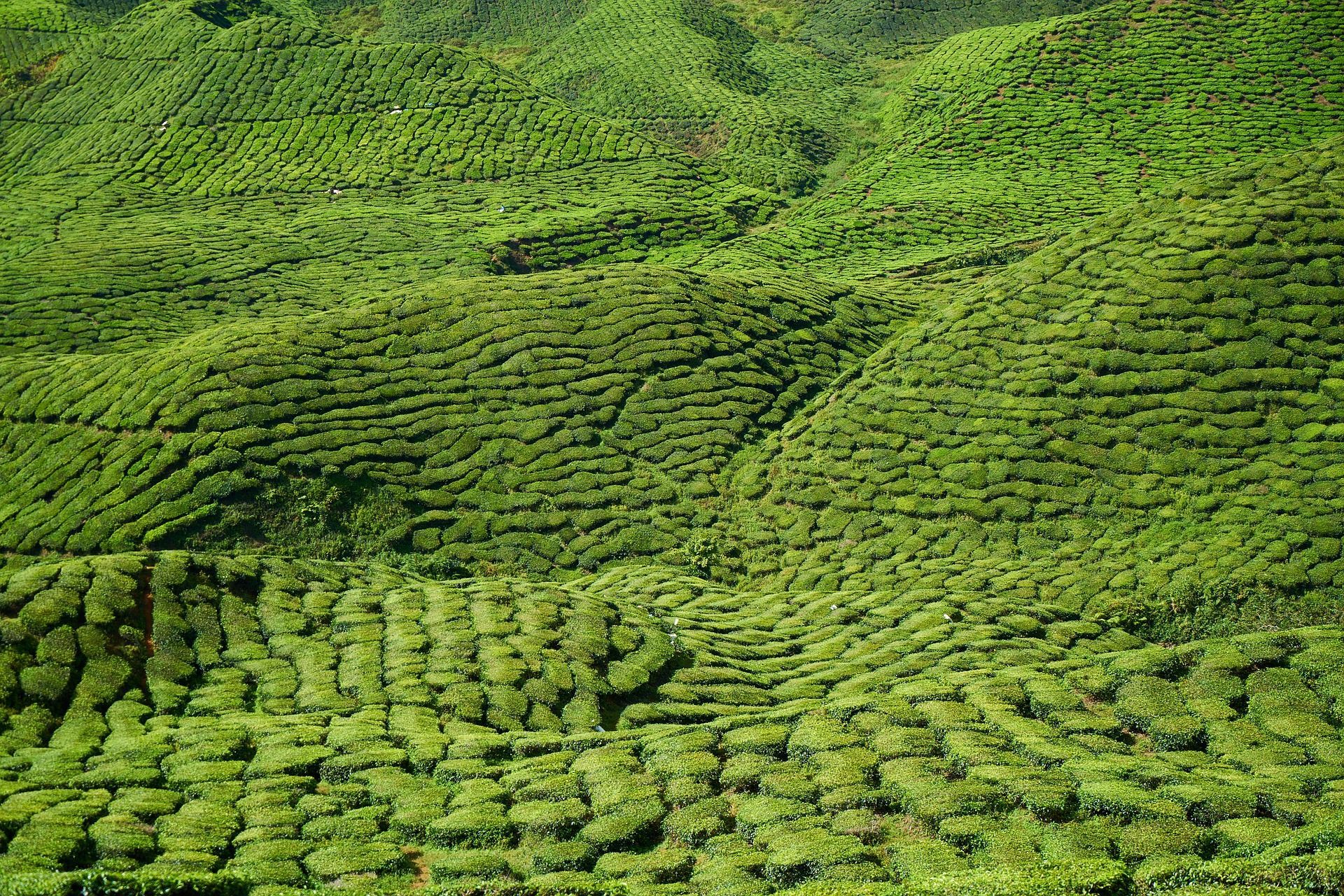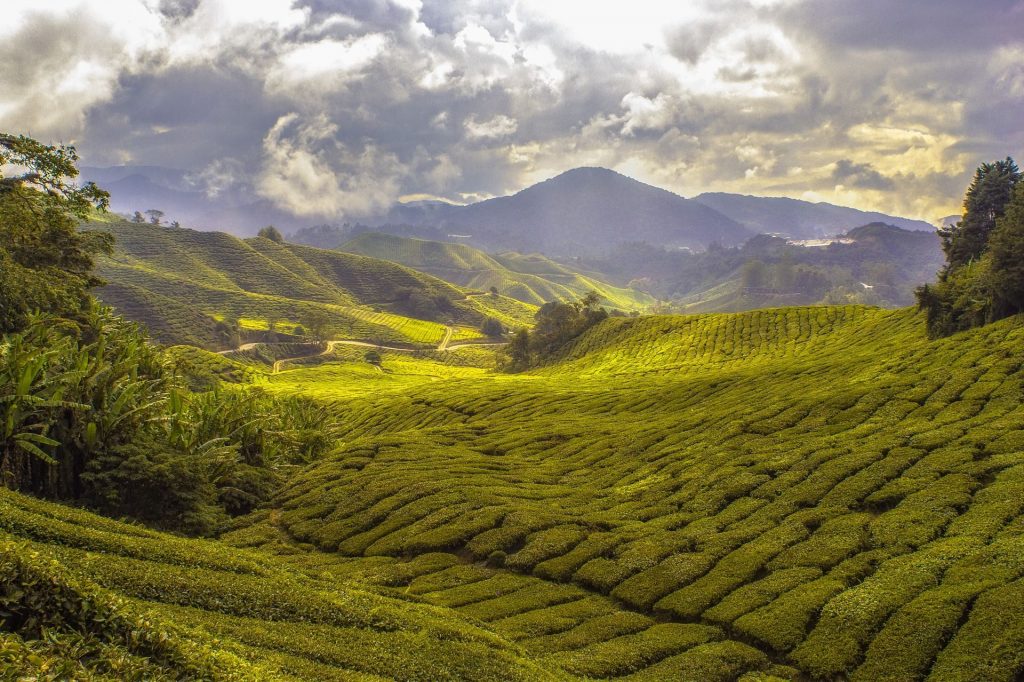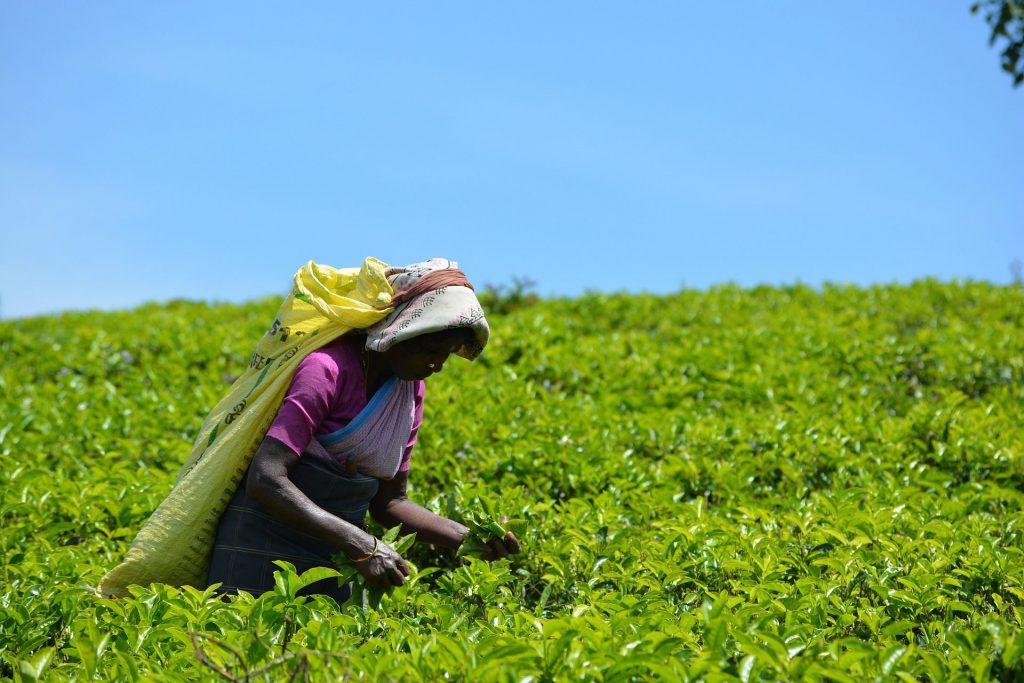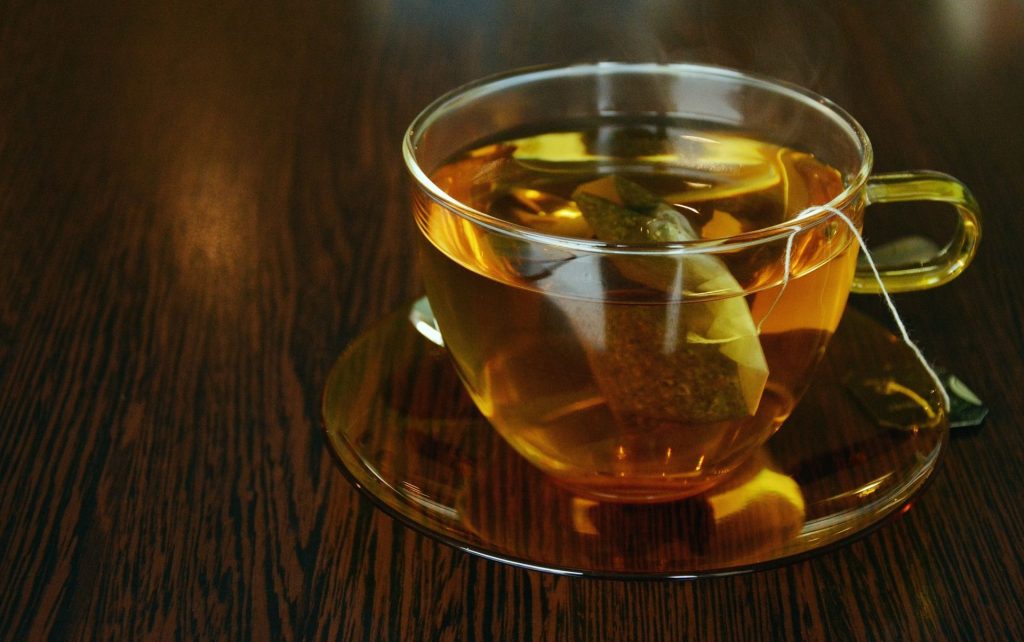
The journey that leads to that “perfect cup”
It takes great care and attention-to-deal to make the world’s best tea. While methods and machinery have evolved over the years, the basic principles have remained the same. Here is a simple description of how orthodox Ceylon Tea is made.

1. Planting
It all begins with the planting of the tea seeds. Sri Lanka`s tea growing areas are generally blessed with the ideal elements and factors that make Ceylon tea so special. Sri Lanka`s varied altitudes and soil help to grow distinctively different types of teas, which contribute to the distinct flavor and richness of Ceylon tea.
2. Plucking
Tea pluckers carefully pick the famous “two leaves and bud” which is the top most foliage of the tea plant. It is this tender part of the tree that gives tea its distinct flavor. A skilled plucker could pick up to twenty kilograms in a day.
3. Weighing
Once picked, the tea leaves are weighed at the factory. This part of the process is important as the quantity of tea picked daily must be noted for quality assessment.

4. Withering
The weighed leaf is dried on racks or troughs in special light in a place with good ventilation. The withering process is carefully monitored to avoid over-withering.
5. Rolling
Following withering comes the “rolling” of the leaves. Machines are used to twist and roll the leaves to release their natural juices. This releases enzymes, which help to start the fermentation process.
6. Oxidation
This is an important stage in the tea-making process. During oxidation, the rolled leaf is spread out on the tables and exposed so that air flow on the leaf tissue creates a chemical reaction and the leaves become oxidized. The variety of tea differs according to the degree it has been oxidized.

7. Drying
When the tea has reached the required level of oxidation it is dried in a dessicator or “firing chamber” in order to stop the oxidation process. It is during this stage that the tea shrinks and becomes dark in colour, giving us what we call the “black tea”.
8. Grading
Once the tea has been manufactured, it is graded according to the size of the leaf. This is done using a “sifter”. The graded tea falls into the three categories – leafy grades, flowery grades and fannings.
9. Packaging
The graded tea is then packaged according to the quality and flavor and exported across the world, to be enjoyed as the incomparable Ceylon tea.
/Information from the poster in Colombo airport, Sri Lanka/